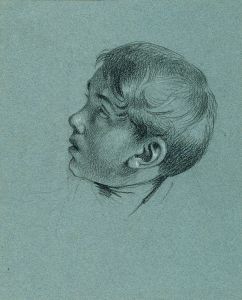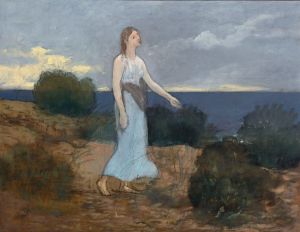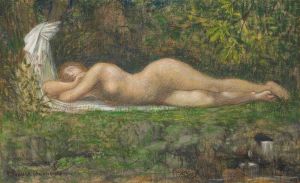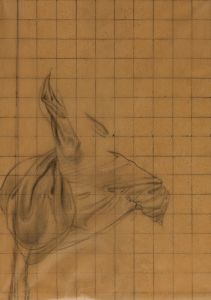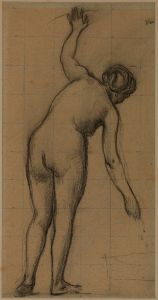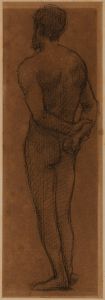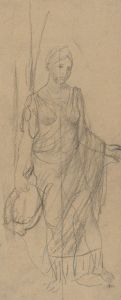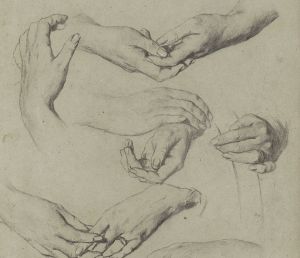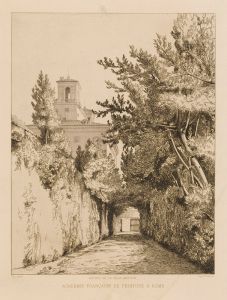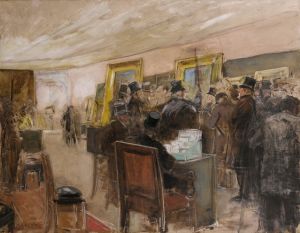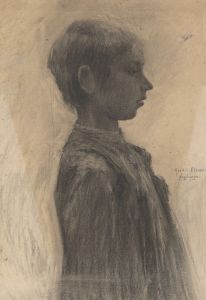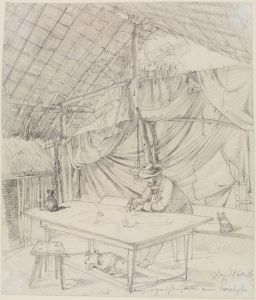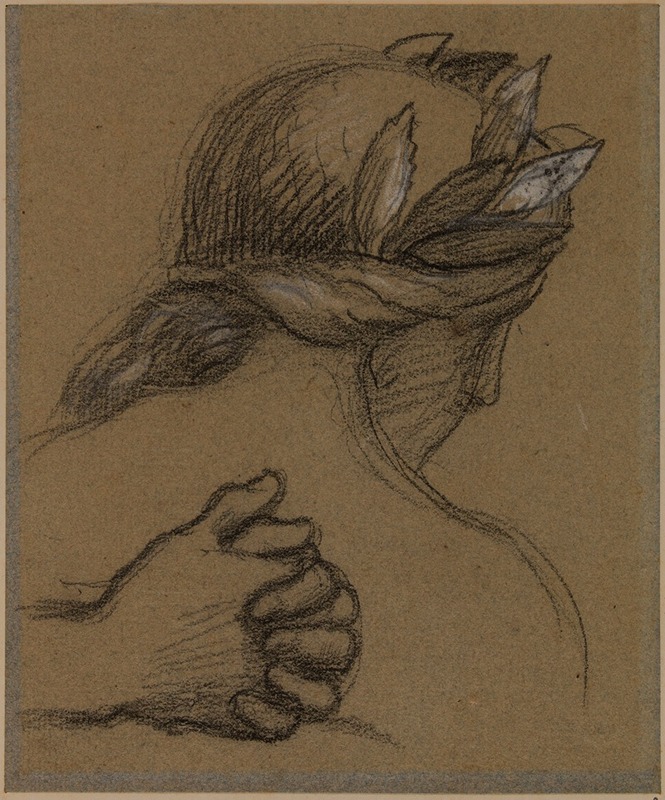
Etude de tête et de mains
A hand-painted replica of Pierre Puvis de Chavannes’s masterpiece Etude de tête et de mains, meticulously crafted by professional artists to capture the true essence of the original. Each piece is created with museum-quality canvas and rare mineral pigments, carefully painted by experienced artists with delicate brushstrokes and rich, layered colors to perfectly recreate the texture of the original artwork. Unlike machine-printed reproductions, this hand-painted version brings the painting to life, infused with the artist’s emotions and skill in every stroke. Whether for personal collection or home decoration, it instantly elevates the artistic atmosphere of any space.
Pierre Puvis de Chavannes was a notable French painter in the 19th century, renowned for his mural paintings and contributions to Symbolism. One of his works, "Etude de tête et de mains" (Study of Head and Hands), exemplifies his skill in capturing human form and expression. While there is limited specific information available about this particular piece, it can be contextualized within Puvis de Chavannes' broader body of work and artistic style.
Puvis de Chavannes was born on December 14, 1824, in Lyon, France. He initially pursued a career in engineering, but after a serious illness, he turned his focus to painting. He studied under several artists, including Eugène Delacroix and Thomas Couture, although he eventually developed a distinctive style that set him apart from his contemporaries. His work is characterized by its serene and contemplative qualities, often depicting allegorical or mythological themes.
"Etude de tête et de mains" likely served as a preparatory study for a larger composition, a common practice for Puvis de Chavannes. Studies such as this allowed him to explore the nuances of human anatomy and expression, which he would later incorporate into his grand murals. These studies were crucial in helping him achieve the harmonious and balanced compositions for which he is celebrated.
Puvis de Chavannes' approach to painting was marked by a preference for muted colors and simplified forms, which lent his works a timeless and universal quality. He often employed a fresco-like technique, even on canvas, to achieve a matte finish that enhanced the ethereal atmosphere of his scenes. His figures are typically idealized, with an emphasis on line and form over intricate detail.
Throughout his career, Puvis de Chavannes received numerous commissions for public buildings in France, including the Panthéon in Paris and the Musée de Picardie in Amiens. His murals were influential in the development of modern art, impacting artists such as Paul Gauguin and the Nabis group. Despite his success, Puvis de Chavannes maintained a relatively private life, focusing intently on his work.
"Etude de tête et de mains" reflects Puvis de Chavannes' dedication to the study of human form, a foundational element of his artistic practice. While specific details about this study are scarce, it is representative of his meticulous approach to composition and his interest in the expressive potential of the human figure. His studies were not merely technical exercises but were integral to his creative process, allowing him to refine his vision before executing his larger works.
In summary, while detailed information about "Etude de tête et de mains" is limited, it can be appreciated as part of Pierre Puvis de Chavannes' broader oeuvre. His studies played a crucial role in his artistic development, contributing to the creation of his celebrated murals and establishing his legacy as a master of 19th-century art.






